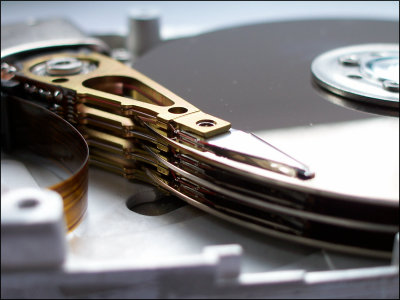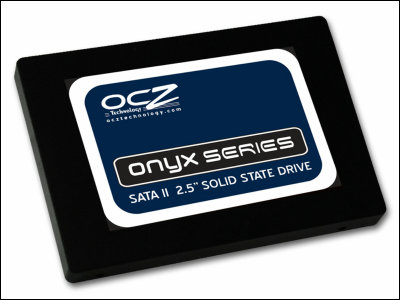Which SSD should I choose, SATA or NVMe?

SSD is an auxiliary storage device that uses semiconductor memory, and is superior to HDD in terms of read/write speed, quietness, power consumption, and shock resistance. SSDs are further divided into multiple connection standards such as SATA and NVMe, and Backblaze, which provides cloud storage services, has summarized the characteristics and unsuitability of each.
NVMe vs. M.2 Drives: Which SSD Is Right for You?
◆SATA
One of the SSD connection standards is called Serial Advanced Technology Attachment (SATA). SATA is a commonly used standard, with transfer speeds of up to 6Gbps.
Backblaze points to SATA's drawbacks as being more complicated to set up, but recommends it for those looking for a general-purpose drive due to its generally low cost.

◆NVMe
The next connection standard is Non-Volatile Memory Express (NVMe). This standard was developed in cooperation with various companies as an alternative to SATA, which cannot exceed the transfer speed limit of 6Gbps due to specifications. NVMe can theoretically achieve transfer speeds of up to 40Gbps, making it ideal for gaming and video editing, but Backblaze says its high price is a drawback.

◆M.2
Backblaze also explains the connection method 'M.2'. M.2 is smaller than the conventional 2.5-inch type, and connects directly to the PC motherboard without requiring a cable. It supports both SATA and NVMe, and some game consoles use this connection method due to its versatility and size. A typical example is the PlayStation 5, which officially supports M.2 SSDs with a recent software update. You can check the steps to actually install the SSD in the article below.
I added an SSD to PlayStation 5 and checked the changes in loading time and startup time - GIGAZINE

Backblaze also points out that 'technical constraints,' 'budget,' 'needs,' and 'speed' should be considered when deciding which SSD to choose. While NVMe offers higher performance than SATA, some older devices may not have the necessary components for NVMe connectivity or require a CPU upgrade to maximize the performance of NVMe connectivity. .
NVMe is also more expensive than SATA, and the price can be twice as much for the same capacity. BackBlaze says, ``If you want high performance for large file transfers and games, investing in a high-priced NVMe SSD is worth it.''
BackBlaze recommends that you back up your data before replacing your SSD and store it in three locations: on the device, on local storage, and in a remote location.
Related Posts:
in Hardware, , Posted by log1p_kr







